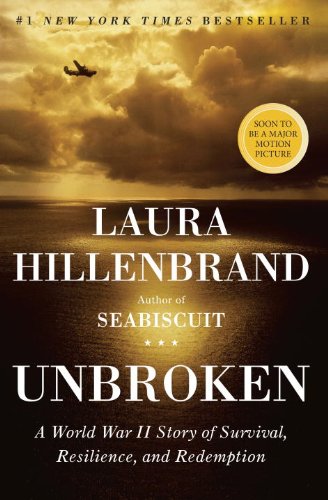在最近入了Vitamix的blender和Sansaire的sous vide之后,做饭风格又一次发生了变化。。
回想一下在来了美国之后我们的烹饪方式大概经历了几个阶段。最开始还是炒菜炖汤为主,比较中式,弄一顿饭有一堆东西要洗,没有抽油烟机于是炒菜的话会满屋子烟。由于xw始终坚持不买电饭煲以及我开始发现烤箱的方便之处,慢慢转换成烤肉烤鱼烤蔬菜为主。美国超市很容易买到适合烤的肉,尺寸和部位合适,价格便宜,新鲜干净。我们经常买来在烤箱里面烤的是羊肉和三文鱼,偶尔也买牛肉和猪肋排。烤肉用的是一次性的锡纸盘,放到烤箱定时拿出来烤盘一扔就好,操作简单,需要洗的东西少。
不过总的来说主要还是在外面吃或者叫外卖,一周一般也就做个一两次饭。。
Blender简单的说就是用来做smoothie的东西,类似冰沙和奶昔,但也可以不那么冰或者不那么奶。用低转速的话也可以用来做一些西式的冷汤比如gazpacho。我们一般往blender里丢绿叶蔬菜,各种水果,芹菜胡萝卜之类的,加上水和冰打个smoothie一分钟就好。各类东西的配比一开始基本还是得照着配方来,熟悉了之后可以自由发挥一点冰箱里什么看着顺眼就丢什么。这边超市里面有卖各种蔬菜水果的切碎冰冻版,基本就是用来做smoothie的。
Sous Vide似乎没有什么流行的中文译名,大意就是低温烹调法。用某些设备把一锅水加热保持在某个特定的温度,一般在六七十度之间。把要煮的东西用真空塑料袋(ziploc)封好放进去,煮个一小时左右,然后肉类一般可以拿出来再两面煎个几十秒,据说比较fancy的方法是用喷枪,我现在还是在用一个grill pan。Sous Vide最主要的目的就是让肉的熟度从里到外一致,并且通过精确的控制温度可以精确控制肉的熟度。换句话说,这几乎就是一个为了做牛排发明的东西……比较厚的好牛排自己用烤箱或者锅是很难搞出medium rare的,一般都是外面熟过头里面还太多血,为了把瘦的部分弄熟结果要牺牲脂肪部分的口感。用了这个就省心了,57.5度一小时就是我要的medium rare,产出及其稳定。于是现在我每周去Trader Joe’s买两块肋眼回来想吃肉了就做一个。
Sous Vide除了做牛排之外当然还可以用来做别的。最简单的是鸡蛋因为鸡蛋不需要密封,直接连壳丢水里就行了。。顺带提一句用塑料袋密封牛肉其实也不是很麻烦,只要把装着肉的袋子浸到水里靠水压把气排掉就可以。鸡蛋的蛋白比蛋黄凝结温度低一点,用Sous Vide可以精确的搞出各种效果的煮蛋,具体可以看一些文章比如这篇。需要注意的是很多文章推荐的65度蛋做出来会是很流体的状态,要想做中国人比较习惯的hard-boiled egg大约要用73度,可以做出刚刚熟但很嫩的质感。
Sous Vide菜谱上还有一个经常提到的是三文鱼,但我试了一次之后觉得跟烤箱直接烤出来的没有明显优势。羊肉没试但我觉得这些基本会做到全熟的东西都同理。于是现在就基本只用Sous Vide来做牛排了,偶尔煮个蛋。但我觉得这么一个200$的东西只用来做牛排就很值了。
于是我们现在的一顿典型的在家做的饭就是做一块牛排,打两杯smoothie。。开火时间一分钟,需要洗的东西是一个烤架两个盘子两套餐具两个杯子,统统扔洗碗机。科技改变生活。。
